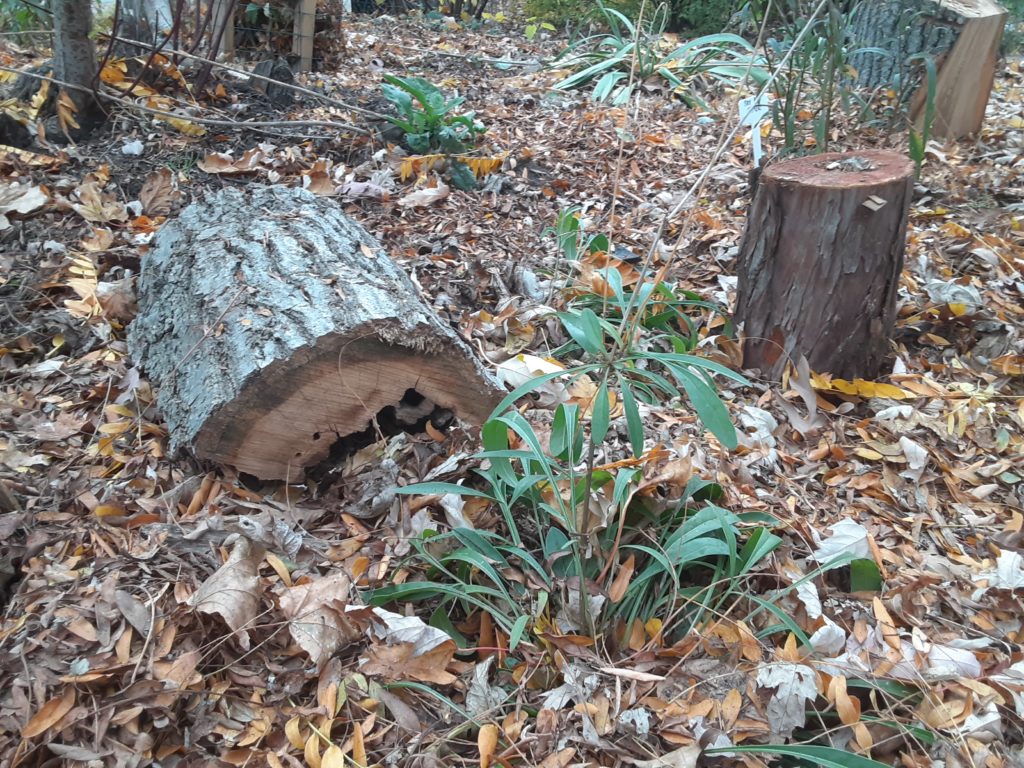 Manitoba maples (Acer negundo) are native to northwestern Ontario and the prairie provinces, but have controversial status in southern Ontario, where they can spread aggressively. Manitoba maples grow quickly, colonizing disturbed areas such as vacant lots and along urban alleyways. Due in part to rapid growth, Manitoba maples tend to have brittle branches, leading to their reputation as ‘junk trees.’
Manitoba maples (Acer negundo) are native to northwestern Ontario and the prairie provinces, but have controversial status in southern Ontario, where they can spread aggressively. Manitoba maples grow quickly, colonizing disturbed areas such as vacant lots and along urban alleyways. Due in part to rapid growth, Manitoba maples tend to have brittle branches, leading to their reputation as ‘junk trees.’
But Manitoba maples also provide useful ecosystem services. They reduce erosion, hold soil, and grow where many other trees struggle to take root—especially important in disturbed areas. Their seeds feed squirrels and (among other birds) attract the evening grosbeak, a member of the finch family with distinctive yellow plumage. Manitoba maples also host boxelder beetles and rosy maple moth.
I am ambivalent about Manitoba maples. For years we had several growing on the margins of our city property. One, out front, we maintained as a privacy hedge until, tired of the need to prune it twice every summer (Manitoba maple branches grow as much as 2 metres each year, with pliable green shoots turning woody and dense by the following growing season), I cut it down. Fortunately an eastern redbud had volunteered beneath it— a slow-growing native species which produces a dreamlike halo of violet blooms early in the spring.
In the back, between our and our neighbours’ garages, a Manitoba maple once quickly grew tall and thick enough to crack the pavement in the walkway and damage the eavestroughs on both structures. With regret we took that tree down—except for an eight foot stump my husband suggested we leave in place to serve as a post supporting our back gate.
Over the past decade that stump, now weathered to bare wood, has housed a surprising variety of creatures. For several years a colony of carpenter ants dwelt within its chambers, hollowing out the wood until the stump resonated like a drum when rapped. One year, after the ants had moved on, it housed a small colony of native bumblebees. The stump has also housed a variety of shelf fungus, including turkey tail and Dryad’s saddle, and from time to time raspberry canes have sprouted from openings in its trunk.
Each year the stump wobbles a bit more on its axis, as what remains of its roots decay and gravity calls it back to earth. Last summer my husband stabilized the top with wood and wire, hoping to buy another two or three years out of our organic gate post. Our plan, when the trunk finally falls, is to take it to the circle park just down the street, where I coordinate a community pollinator garden, to enrich the soil and provide valuable habitat as it returns to earth.
Over the last few days Toronto has received a major dumping of snow, with about 50 cm accumulated over a three-day period. Between snowfalls we’ve managed to keep the sidewalks and walkways clear, albeit with snow mounded high on either side. While clearing snow near the back gate some of it, inevitably, ended up piled against our Manitoba maple stump.
This morning, on the way out back to shovel out the car, I noticed several small openings in the snow right against the trunk. Burrow holes, for a mouse, or a chipmunk, or possibly even a rat. Alongside them was a small cascade of wood shavings, sawdust from burrowing, Somebody, it seems, is overwintering in the long-dead stump of our Manitoba maple, taking shelter against the storm.
The next time I go out, I will leave it a small offering.






